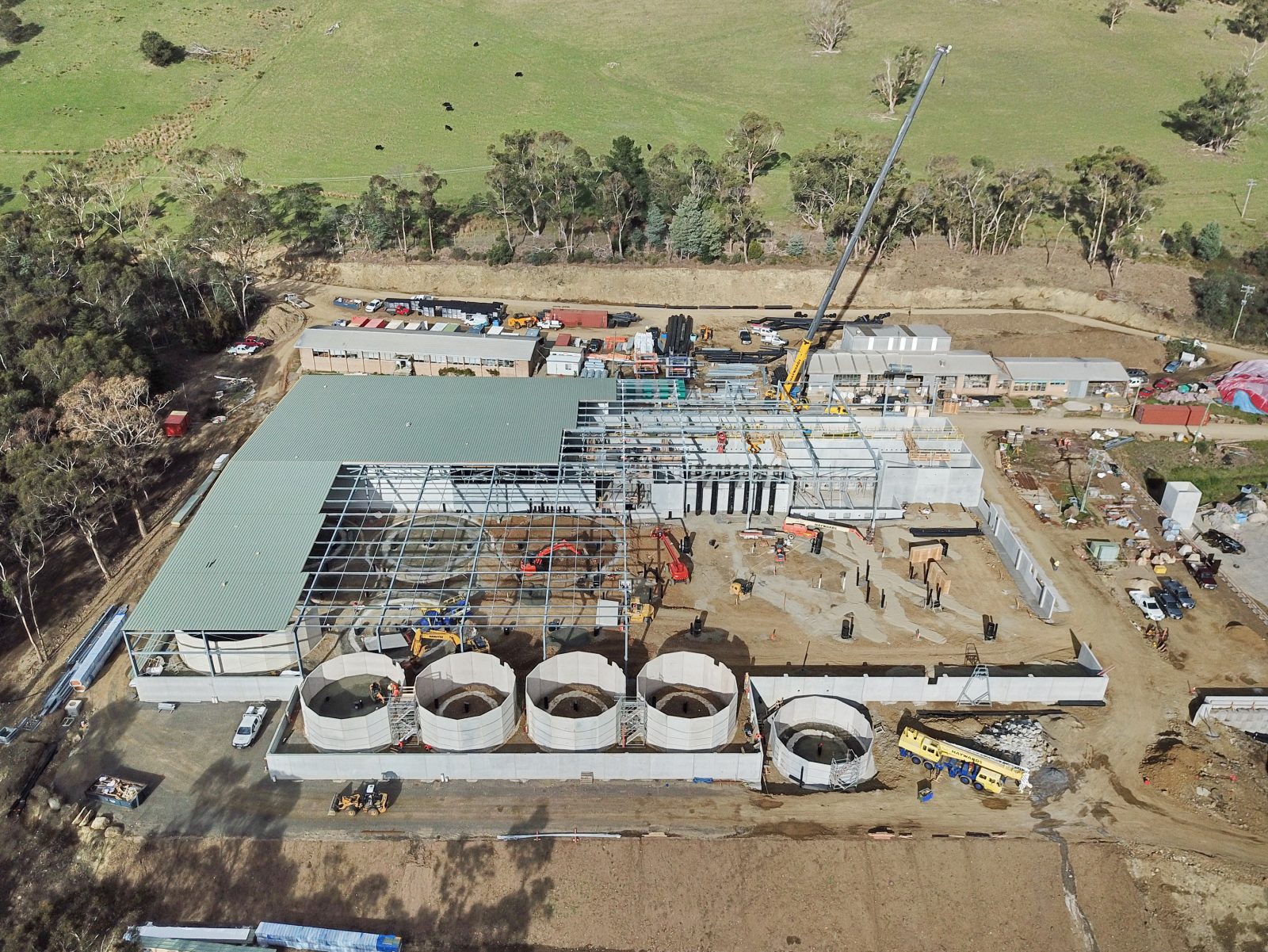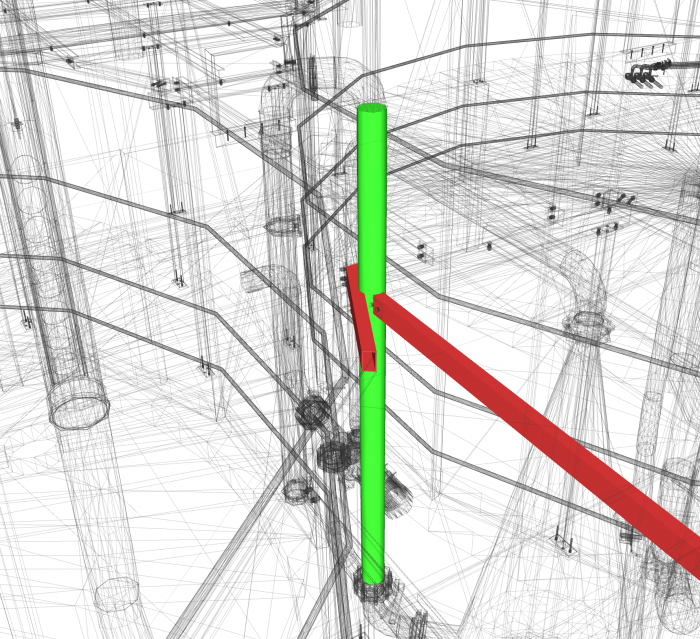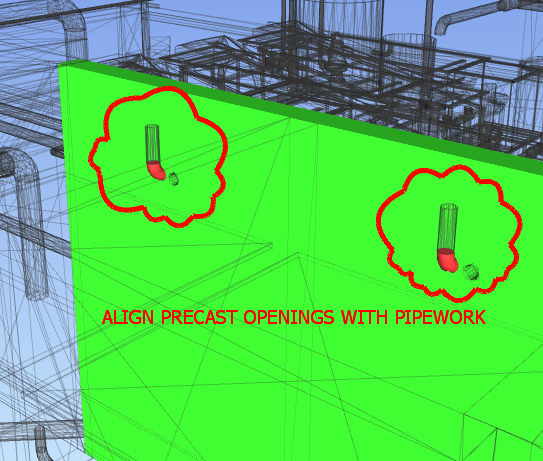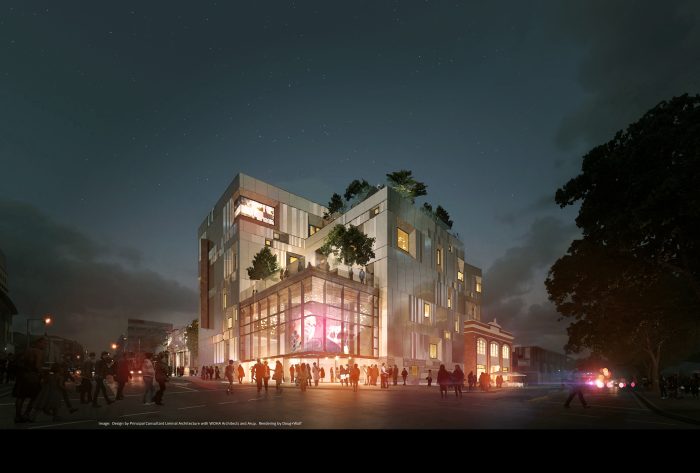Client/Developer
Huon Aquaculture
Project Budget
$43M
Building Design
Gandy & Roberts
System Design
Billund Aquaculture
Year
2017-2018

Project Brief
Building design, structural, hydraulic, civil engineering, BIM consulting and design management services provided to the design & construction team.
Description
The project is essentially a land based, state of the art, Salmon farming facility. Internal water and fish tank infrastructure is precast/insitu concrete enclosed by a steel framed/insulated panel structure. Internally 2/3 of the building accommodates 12 x 800m3 fish tanks with a raised FRP platform and 1/3 is the complex filtration system.
Challenges
Community approval in controversial Fish Farming environment, extremely tight design and construction program, high grade of pre-fabrication, complex hydraulic system, innovative precast concrete tank solutions and meeting EPA Provisions for site contamination issues.
The success of the project was highly dependent on a well-coordinated design process which has extended into the construction phase. This sophisticated post-construction coordination promised to resolve coordination issues prior to them having an impact on site activities, where avoiding delays was essential to meet a very challenging construction program and stay within budget.

Results & Achievements
The building construction was completed within the ambitious program in early 2019 and the client has already transferred the first generation of the biggest hatchery grown fish in the southern hemisphere out to sea.
The setup of a simple & centralised platform for sharing and cross-linking designs, along with a project specific collaboration protocol, ensured all design parties were constantly provided with ready to use, up to date information. The 3D models were used in design meetings as the key vehicle to find solutions for design issues efficiently.
All project partners were provided with technical support by Gandy & Roberts’ BIM Consulting Team to produce and deliver BIM efficiently. Individual 1 on 1 training sessions with technical staff, concise and practical specifications manuals, as well as on the job guidance for construction managers in the use of BIM were part of the services Gandy & Roberts delivered.
Project stakeholders were provided with access to a combined coordination model to further enhance ability of clients to comment on design. Operations officers, who eventually will be responsible for operating the facility, were able to thoroughly understand the design intent by visualising the facility in a virtual environment, and to suggest design alterations.
All quantities derived from the design models provided for pricing were within acceptable tolerances and gave the client further confidence that the project can be delivered within budget, and with limited variation claims arising from design uncertainties at tender stage.
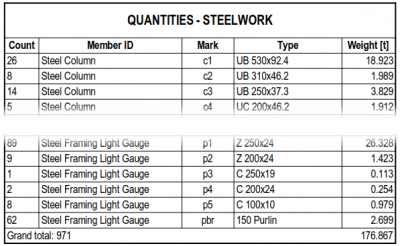
The focus of the design team on constructability and coordination of the complex system design, allowed to confidently pass on accurate setout models for pre-fabrication. These accurate precast and steelwork design setout models (to LOD300) were a key factor to keep the project on schedule by reducing shop drawing turnaround time:
- Over 1000 Steelwork members for the main building structure, and another ~1500 members supporting platforms and walkways, were designed, coordinated, fabricated and installed with negligible alterations required on-site.
- ~500 Precast Concrete Panels were produced, including ~450 pre-cast pipe inserts to allow sealed pipe penetrations of tank walls with little tolerances. As a result, only 2 openings where slightly misplaced and had to be core-drilled on site.
A further integration of Shop Models (to LOD400) into the coordination process, allowed to verify and approve shop drawings with improved confidence.
As a successful trial, a point cloud survey was undertaken at a critical hold point by the project surveyors (PDA Surveyors). Overlaying the as-installed point cloud and the design models allowed a verification that tolerances were met. The verification process uncovered that some minor but critical adjustments to pipework was necessary to ensure a seamless progress of the tank construction works. This process has proven to be a viable option to reduce risks and to increase accountability on site.

Conclusion
All project partners, as well as the client, consider this project has been a successful built. Key factors named were the functional project team and the progressive approach using a fully coordinated BIM process. This combination helped to resolve design issues efficiently and reduced critical program and budgetary risks significantly.
The following newsletter article from the TBCITB is discussing Gandy & Roberts’ BIM services on the Whalepoint project

